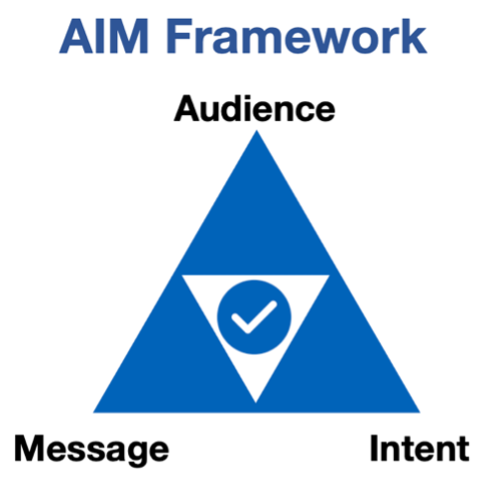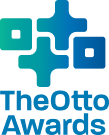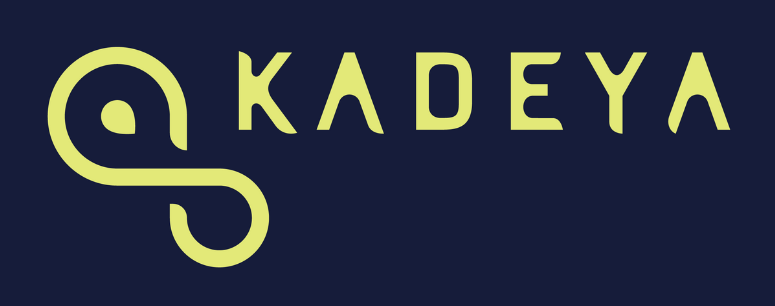In 2018, Manuela Zoninsein had the vision to eliminate single-use plastic beverage bottles. Not only do they create an obvious burden on the environment—just look at any photo of the plastic garbage dump twice the size of Texas swirling slowly in the middle of the Pacific Ocean—but the supply chain to create, fill, and transport those bottles is extraordinarily carbon-intensive.
So Manuela created Kadeya, a startup that proceeded to develop what’s effectively an entire beverage supply chain packed into a cabinet the size of a vending machine. The machine blends and fills bottles based on whatever the customer requests, from still water to flavored and carbonated beverages. It dispenses them in a reusable bottle. When the bottle is returned empty into the machine, the machine washes and sanitizes the bottle so that it can be reused by another customer. All you need to do is hook the machine up to a water line and periodically refill the flavorings container.
And where does your average highly-educated person see a lot of single-use bottles? In the office. So that’s where Manuela started pitching her product.
It didn’t work.
She created great sales materials. A deck. Videos.
Nothing.
One day, she was pitching the office manager of a construction company. The woman politely turned down Manuela, but suggested she try to pitch the manager of one of their construction sites. “They’re always struggling to get enough water to the worker on hot days,” she said.
Manuela thought that the woman was just trying to be nice—until she pitched the construction manager. He immediately loved the idea and agreed to let Kadeya install a unit on their site. The day they came to install it, the manager offered to buy the unit outright.
“Why do you want to do that?” Manuela asked.
“Because I want this thing forever,” he said. “What am I going to do when you leave?”
And with that, Manuela knew she was on to something. She had started the business to eliminate single use bottles. And now she was helping construction site managers keep their workers hydrated during hot summer workdays.
Of course, the mission hasn’t changed. It just turns out that construction sites (and now physical-labor factories) are just the first markets that will allow Manuela to build a thriving foundation from which she still plans to expand.
This story neatly illustrates several valuable startup lessons:
- You’ll never sell everyone until you can sell someone. And that first someone might not be who you expect.
- True insight often comes in off-hand comments at the end of a conversation. Listen, really listen, to everyone you talk to about your product. You never know when the gold will appear.
- “Product-market fit” is often discussed as though it’s a one-off thing. In fact, what you really need first is product-launch-market fit. You need a market where the need is so great that they’re willing to buy your early-generation, limited-feature beta product. That gives you the time and cash flow to refine the product to start appealing to more sophisticated and demanding markets—in other words, to people who won’t become customers until you can woo them with something fancier and more polished.
It also illustrates a few great startup storytelling lessons:
- No matter how well you write your story, or how eagerly you breathe your own exhaust about how great your product is, nothing is going to sell until you start talking to the right people and asking the right questions.
- The features of what you’re selling are not the key point. The important thing is the customer’s problem, and how you solve that. Put another way: stop talking about yourself and start talking about the benefits your customer will receive. At the Otto Awards we have seen thousands of startup messaging campaigns. The single biggest problem is that the startups just talk about themselves, listing features instead of customer benefits.
These can be summed up the golden rule of startup messaging, which is: “Seek to provide benefits for others, not features of yourself.” Here are two ways to achieve this:
The AIM framework
One of my favorite professors at Stanford GSB, JD Schramm, who taught communications there, introduced me to the AIM framework. Like many great ideas, it’s obvious once captured:

It’s a powerful tool to keep in mind every time you put fingers to keyboard: define your Audience first, then clarify the Intent you have with that audience, and finally you can create the Message to deliver that intent to that audience. Unless you repeat this to yourself like a mantra, it’s amazing how many of us just jump in and start writing the Message before really making sure you have a tighter definition of Audience and Intent beyond “you know, customers! And they should, like, buy my stuff!” Your message won’t work until all three sides of the triangle are considered.
Once you feel confident about your Audience and your Intent, make sure the message targets the benefits you provide to your audience. You need to fit their agenda, not the other way around.
By the way, JD recently launched his own newsletter, which is excellent. Check it out and sign up here: https://jdschramm.substack.com/
The Mom Test
When you’re talking to other people about your startup project, it’s natural to be seeking validation. And it’s natural for the people you’re talking with to say things that they think you want to hear. The key is not to ask leading questions (“I have this great new product, would you buy it?”), which invite lying (“oh of course! Sounds great!”) but to ask questions where your “preferred” answer is unclear, so the person you’re talking to just tells the truth (“tell me about the last time you purchased beverages for your office”).
Once you have a product in market, the same learnings hold. The more you ask the right questions, and really listen to the answers, the quicker you’ll understand your audience motivations, and the faster you’ll be creating messaging that resonates.
“The Mom Test” is a book by startup guru Rob Fitzpatrick, who wrote a book of the same name. It’s short and powerful. I recommend it. More here: https://www.momtestbook.com/

